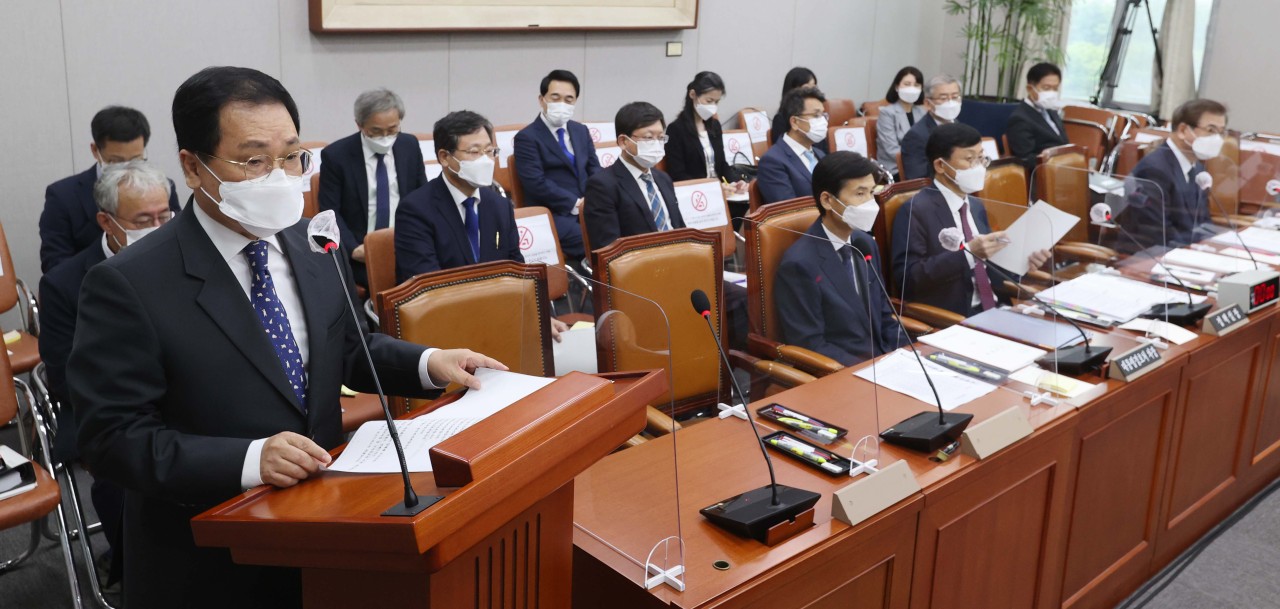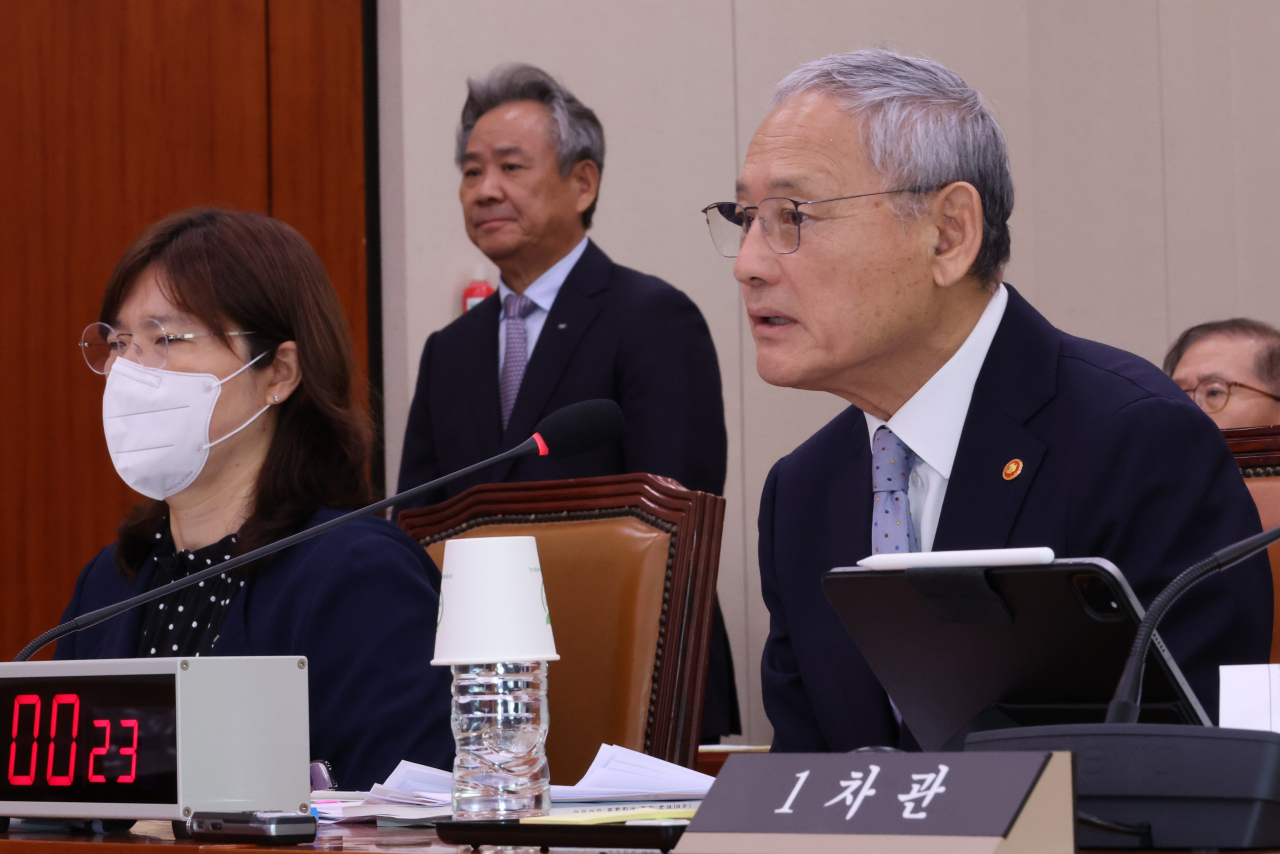By subscribing, you agree to our Terms of Use and Policies You may unsubscribe at any time.
Rice University students have made a breakthrough in underwater robotics by creating a remotely operated vehicle (ROV) that utilizes water-splitting fuel cells for buoyancy control. This innovative design significantly improves over traditional thruster-based methods, paving the way for quieter, more energy-efficient autonomous underwater vehicles (AUVs).
Fuel cell-powered buoyancy control
The ROV, aptly named “BayMax” by its creators – Team BayMax – represents a significant leap forward in underwater vehicle technology. The team, comprised of Andrew Bare, Spencer Darwall, Noah Elzner, Rafe Neathery, Ethan Peck, and Dan Zislis, drew inspiration from a research paper co-authored by their sponsor, Professor Fathi Ghorbel. This paper explored the potential of fuel cell-based buoyancy control devices (BCDs) to revolutionize AUV operation.
Featured Video RelatedTraditional AUVs rely on thrusters or pumps to adjust depth, which consumes considerable energy and generates noise. Team BayMax’s design replaces this system with a BCD that employs reversible hydrogen fuel cells. By splitting water into hydrogen and oxygen gases, the BCD can precisely control the ROV’s buoyancy, mimicking the swim bladders found in fish.
This approach offers many advantages. “The cool thing about this for us is that it’s cutting-edge technology,” remarked Bare. We’re the first to implement it in a device with such comprehensive controls, making it truly groundbreaking.”
Use cases and spectrum of applications
Professor Ghorbel echoed Bare’s enthusiasm, highlighting the technology’s vast potential. “This highly energy-efficient and silent system has applications beyond AUVs,” he explained. “It holds promise for material intelligence, wearable assistive devices, and even adaptive robotic garments.”
The BCD system operates by utilizing electricity to separate water molecules into hydrogen and oxygen within the fuel cell. These gases then inflate balloons, causing the ROV to rise. To descend, the process is reversed, with the fuel cell uniting the hydrogen and oxygen back into the water, releasing energy and reducing buoyancy.
Team BayMax’s design incorporates a comprehensive sensor suite that monitors system health and the ROV’s position and orientation. This data is relayed to a user-friendly dashboard displaying real-time information, including depth graphs, a virtual orientation simulation, and a visual representation of the BCD’s activation state.
Collaborative effort fueled by passion
The project’s success stemmed from the shared passion of Team BayMax members, all driven by a desire to push their boundaries. “We came together due to our interest in robotics and vehicle engineering,” shared Zislis. “We knew our combined expertise would enable us to learn from and challenge each other throughout this ambitious project.”
One of the team’s biggest hurdles was managing the intricate interplay between various systems. “Integration was paramount for a project of this complexity,” emphasized Zislis. “We prioritized clear scope definition. We could have delved into fuel cell optimization or robotic arm development, but we opted to streamline these aspects to focus on the core BCD technology. This strategic decision-making is a cornerstone of good engineering, applicable to all aspects of life.”
The team’s dedication culminated in a well-deserved second-place finish at the annual Huff OEDK Engineering Design Showcase’s Willy Revolution Award for Outstanding Innovation. This recognition serves as a testament to their ingenuity and perseverance.
Source: RICE University
顶: 25551踩: 48676
RICE made underwater robot swim with water
人参与 | 时间:2024-09-22 06:44:55
相关文章
- Travel Back in Time and Uncover Old
- Critical cases rise among unvaccinated young people
- San Antonio shark heist ends with rescue of Miss Helen.
- 建行雅安分行:率先实现“政银合作”工商营业执照在银行网点打印领取
- Netanyahu’s Inferno
- North Korea urges tighter steps against COVID
- The science that proves making your tea in the microwave is a truly appalling act
- Hillary Clinton wrote to an 8
- [Graphic News] Average book price nears 20,000 won
- Forget range anxiety, this couple drove across the country in a Tesla






评论专区